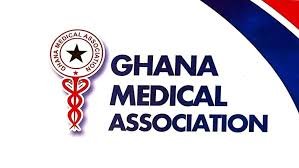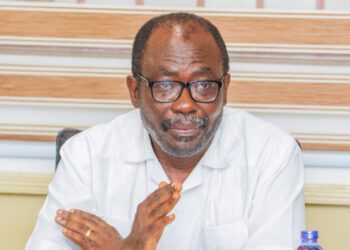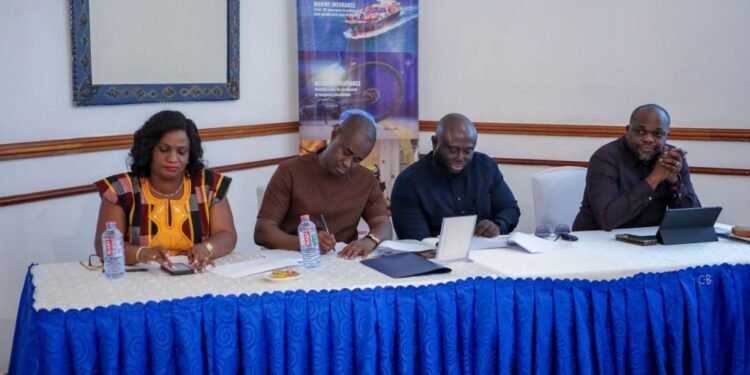President of the Ghana Medical Association (GMA), Dr. Frank Serebour, has warned that the healthcare system in the Ashanti Region is on the brink of collapse due to severe infrastructural deficits and neglect of key health projects.
He cautioned that unless urgent interventions are implemented, the region’s hospitals may soon be unable to meet the increasing demand for healthcare services.
“One of the regions that lacks health facilities is the Ashanti Region, but if you don’t look at it carefully, you will think that we are fine. Our regional hospital is the Kumasi South Hospital, and it is very small. When you go to other regions, they have regional hospitals, teaching hospitals, military hospitals, and other hospitals that care for their health”
Dr. Frank Serebour, President of the Ghana Medical Association
Dr. Serebour expressed grave concern over the mounting pressure on the Komfo Anokye Teaching Hospital (KATH), which he described as bearing the brunt of the region’s healthcare challenges. He said the hospital’s growing congestion highlights the fragility of the region’s health system and the dire consequences of delayed completion of critical health facilities.
He pointed out that the persistent “no-bed syndrome” continues to haunt major hospitals, forcing patients to seek care under distressing conditions. He linked this problem to the government’s failure to complete long-delayed hospital projects that could have eased the pressure on existing facilities.

Two key facilities – the 500-bed Afari Military Hospital and the 250-bed Sewua Hospital, which is intended to become the new Ashanti Regional Hospital – remain unfinished despite repeated assurances and missed deadlines.
“I think it is quite important because the completion of this will expand the capacity of the hospital to take in more patients, doctors, nurses, and other supporting health care workers. That creates employment. Beyond that, the medical schools also take advantage of it”
Dr. Frank Serebour, President of the Ghana Medical Association
He stressed that the government must make the completion of these projects a top priority, arguing that without them, the region’s health system will continue to teeter on the edge of collapse, affecting the overall wellbeing of the people.
Komfo Anokye Under Severe Pressure
The GMA President described the Komfo Anokye Teaching Hospital as the single backbone of healthcare delivery in the Ashanti Region, noting that the absence of comparable facilities elsewhere places unbearable pressure on it.

He said the situation is unsustainable, as KATH currently serves patients not only from the Ashanti Region but from other parts of the country as well. “When you come here and you take out Komfo Anokye, the whole health system collapses,” he stated.
Dr. Serebour’s remarks reflect growing anxiety within the medical community about the state of healthcare delivery in the region. Medical personnel have repeatedly complained about overcrowding, equipment shortages, and inadequate support facilities, all of which have strained operations at KATH.
The Ghana Medical Association, in support of Dr. Serebour’s position has consistently urged the government to expedite work on all stalled health infrastructure projects, particularly those in the Ashanti Region. According to the association, completing these hospitals would not only expand healthcare access but also boost medical training and employment opportunities for health professionals.
Dr. Serebour’s warning comes at a time when President John Dramani Mahama’s administration has pledged to strengthen healthcare infrastructure as part of its broader social development agenda. However, the slow pace of completion of several critical projects, including those in the Ashanti Region, has sparked widespread concern about the government’s ability to deliver on its promises.
Health experts argue that the consequences of inaction could be devastating, especially in emergencies where existing facilities are already overstretched. The Ghana Medical Association insists that unless immediate steps are taken to complete the Afari and Sewua hospitals, the region could face a full-blown healthcare crisis in the very near future.

As Dr. Serebour reiterated, the future of healthcare delivery in the Ashanti Region depends on strategic investment, timely project execution, and a renewed sense of urgency from government authorities to protect lives and preserve the health system from collapse.
READ ALSO: Namibia’s Orange Basin Attracts Wave of Independent Oil Explorers























